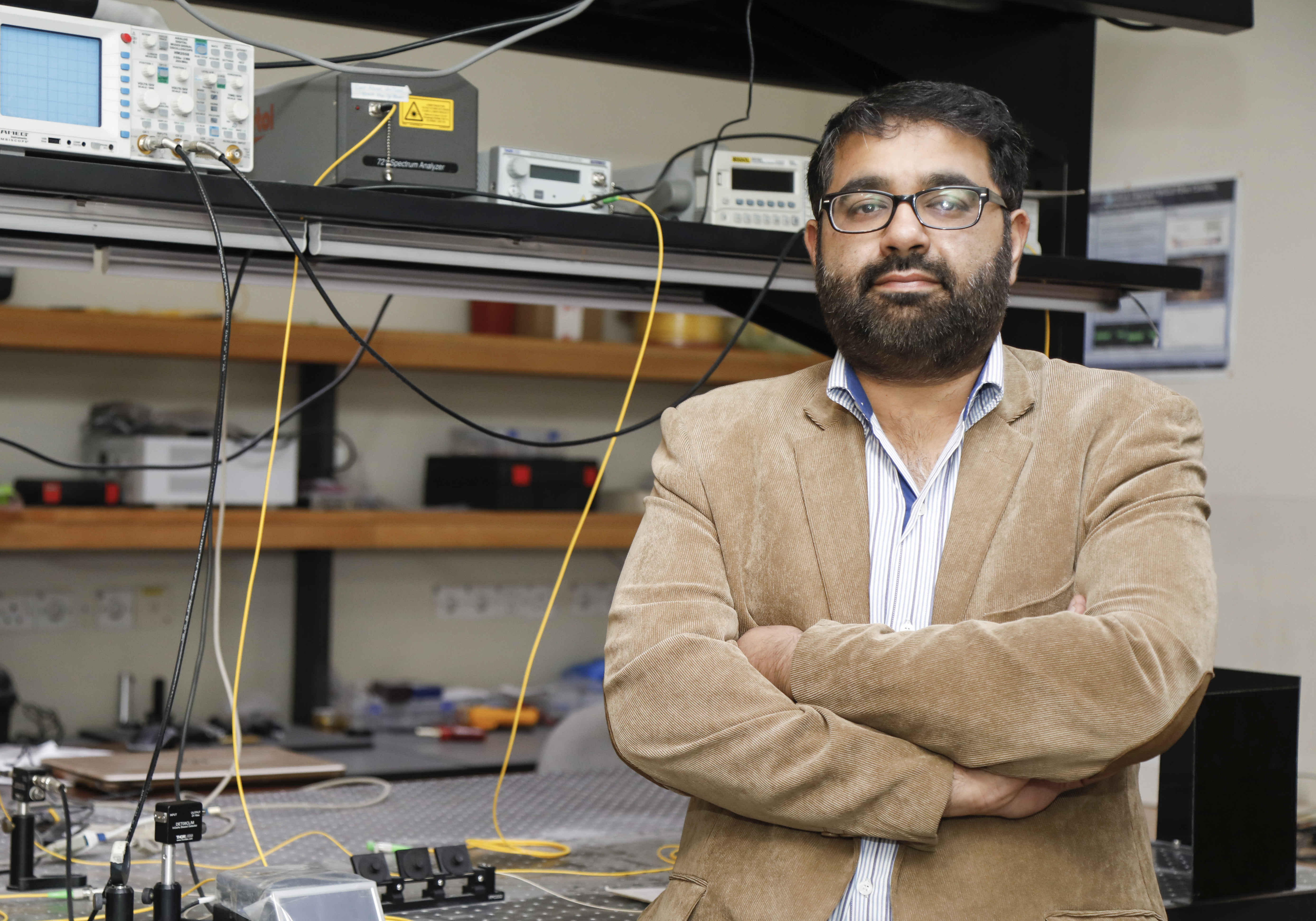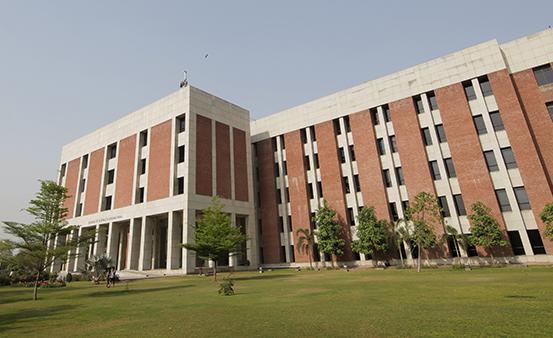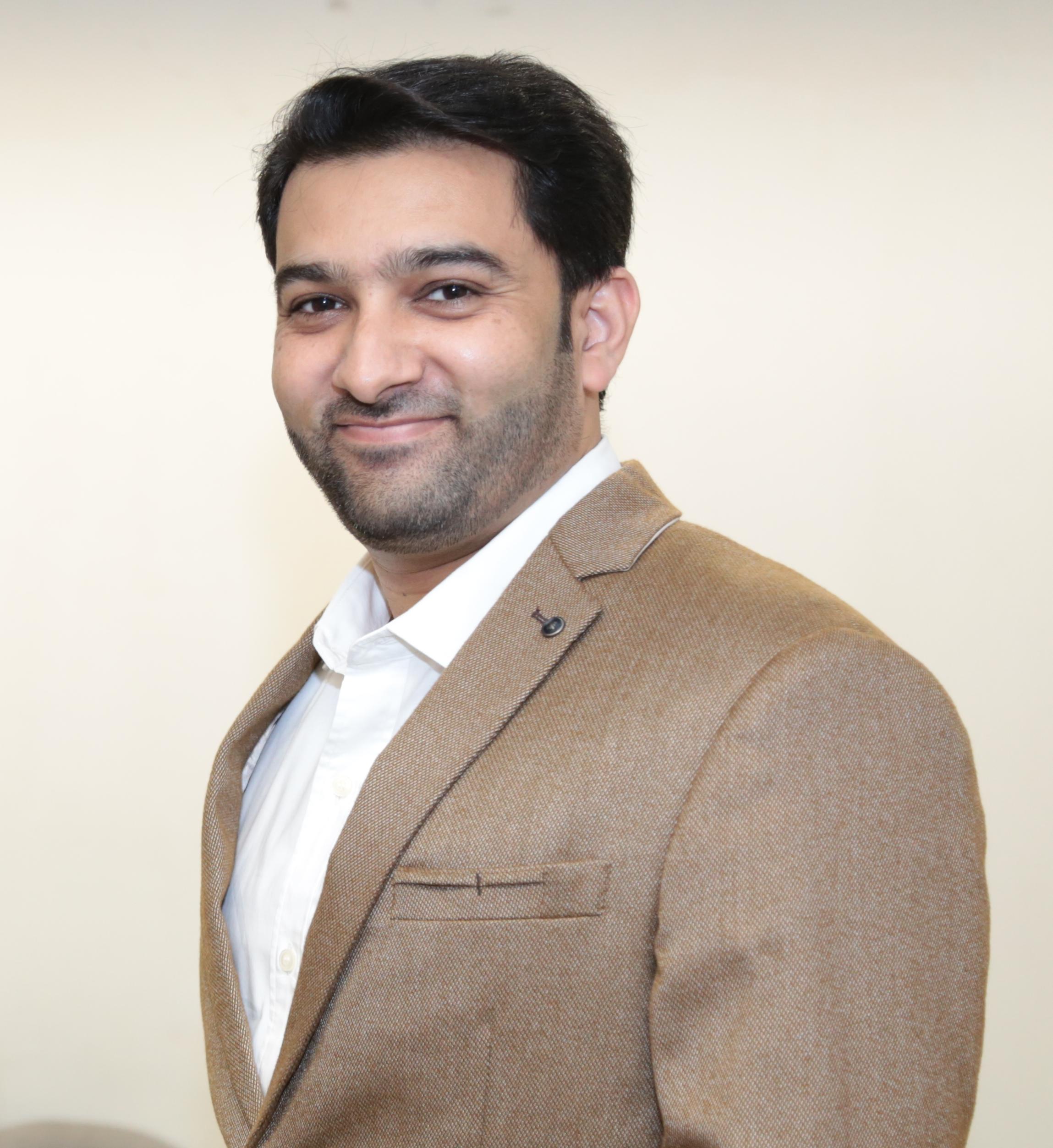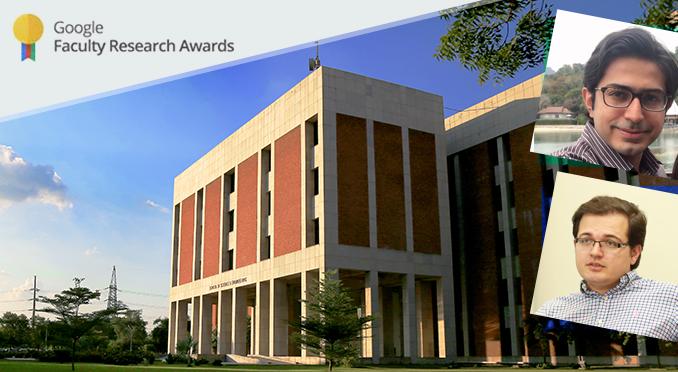
Milk is the basic component of diet as it provides vital nutrients to not only adults but importantly to kids too. Unfortunately, 80% of milk in Pakistan is contaminated with different ingredients. Adulteration of milk affects the quality of further dairy products. The contaminated milk and corresponding dairy products cause serious health problems including typhoid, diarrhoea, gastroenteritis, brucellosis, allergies, stomach diseases, and cancer.
Currently, standard laboratory settings are required for reliable testing of milk samples thereby making it extremely challenging for end consumers to monitor the quality of milk. This suggests that common people need to have access to a rapid, accurate, portable (ideally handheld), and inexpensive sensor for checking the quality of milk they drink. The current project will be a stepping-stone towards achieving this long-term goal. If this goal is achieved, it will dramatically reduce the burden on the national health sector.
The term photonics is an optical analogue of electron-ics i.e., instead of electrons, photons are running in engineering systems. The last decade has seen tremendous progress in photonics systems in various fields including telecommunications, consumer electronics and sensing. Realising the potential of photonics, the United Nations declared 2015 as the International Year of Light and Light-based Technologies (IYL 2015). Among the variety of photonics systems, optical sensors are versatile and widely used in many applications.
An optical sensor is a device that uses light as a probe to detect and/or provide information about a specific event. Optical sensors find applications in numerous sectors, e.g., healthcare, pharmaceuticals, environmental monitoring, agriculture, and security. In these applications, the principle requirements are that the sensor should be sensitive, real-time, specific and inexpensive. Interdisciplinary approaches are required to fulfil all of these requirements. To motivate this, a conceptual diagram of the sensor is shown in Fig. 1, i.e., a team of engineers, physicists, biologists, chemists, biochemists, microfluidics experts, and professionals from a target application industry are required to make a successful sensor.
The potential of optical sensors is exciting because rapid research into photonics systems entails that the realm of possibility for their utilisation can be extended into the realm of safe drinking water and milk wherein contamination vectors can be readily identified.
“If you receive milk from a milkman, it is strife with various problems. Diluting milk with water is an old problem now, milkmen nowadays inject their livestock with antibiotics and hormones and usage of substandard feed is also common; consequently, the milk we drink contains a lot of hazardous chemicals. So just imagine, if we create a device through which the consumer can scan milk before drinking; the impact of this device would be enormous,” explains Dr. Cheema.
Dr. Cheema is working on developing an optical sensor that will employ optical fibre cavities for detecting milk contamination. Optical cavities are an optical analogue of tuning forks. On energising a tuning fork, it vibrates at a particular “resonant frequency” and after a finite amount of “ring down” time the vibrations stop. Now if a mass is attached to the tuning fork, both the resonant frequency and ring down time change which can be correlated to the amount of mass attached i.e., the tuning fork acts as a mass sensor. In the fibre optical cavity sensor, both the resonant frequency and the ring down time will be measured as a function of a milk contaminant. Technically, an optical cavity will be designed and built by using free space mirrors (Tuning Fork). A sample will be placed inside the cavity and laser pulses will be injected into the cavity (Energising). The change in output parameters (resonant frequency, ring downtime) of the light are then measured and correlated with the contaminant (Sensing).
The current work is geared towards the agriculture sector and the long-term goal of the project is to develop a milk contamination device that is portable, cheap, and can easily be operated by non-specialists. Significantly, the project can be extended for developing portable solutions to other important problems including safe drinking water, monitoring the health of soil, crops, and fruits. This research work may lead towards an interdisciplinary and vibrant agriphotonics programme at LUMS.








